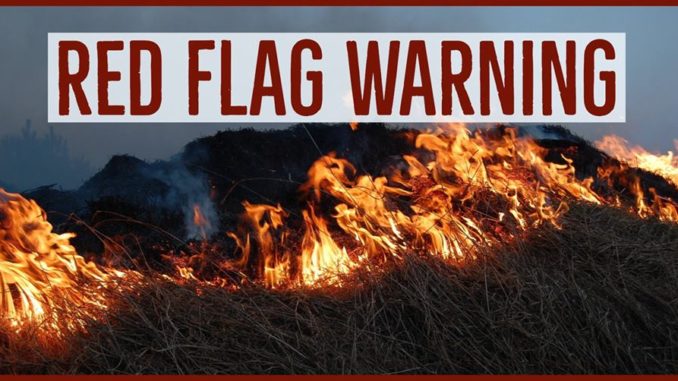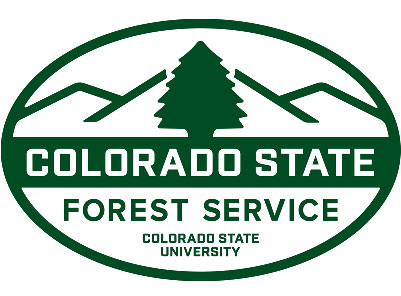

Ryan Lockwood
FORT COLLINS, Colo. – April 19, 2018 – With wildfires burning homes and causing evacuations throughout Colorado this week – in addition to statewide snowpack levels being below normal, with much of southern Colorado under extreme drought conditions – the Colorado State Forest Service wants to remind homeowners living in the wildland-urban interface to prepare for wildfires before they arrive.
While there is no guarantee firefighters will be able to save a home from a wildfire, the odds increase if homeowners and communities take proactive steps to reduce their fire risk, says Lisa Mason, CSFS forestry education specialist.
“Fire risk reduction efforts are much more effective when neighbors work together to reduce hazardous fuels around their homes and throughout the community,” Mason said.
The CSFS offers numerous resources to help private landowners reduce wildfire risk, with specific recommendations including:
- Remove all flammable vegetation within at least 15 feet of any part of a home or other structure, including decks.
- Reduce the density of standing trees within 100-200 feet of all structures.
- Ensure adequate access for fire and emergency equipment and be sure that the house number is posted and easily visible to emergency responders.
- Keep grasses and weeds surrounding the home mowed to a height of less than six inches, through regular and ongoing maintenance.
- Regularly clear pine needles and leaves from gutters and decks, and trim overhanging branches.
- Stack firewood and locate propane tanks at least 30 feet from and uphill of structures.
- Have an evacuation plan and a designated meeting place that all family members are familiar with.
- Prepare a “grab and go” disaster kit with necessary family/pet items including important documents/photos, clothing, medications, food/water, phone charger, etc. so you are ready for immediate departure.
- Contact your county sheriff’s office and ensure that your telephone number appears in the Reverse 911 or other emergency notification database.
“Remember that addressing wildfire risk is not a one-time effort, and that flammable vegetation grows back over time,” Mason said.
For more information and resources on protecting homes and communities from wildfire, including how to become a Firewise Community, visit csfs.colostate.edu/wildfire-mitigation or call a local CSFS field office.
Support Northern Colorado Journalism
Show your support for North Forty News by helping us produce more content. It's a kind and simple gesture that will help us continue to bring more content to you.
BONUS - Donors get a link in their receipt to sign up for our once-per-week instant text messaging alert. Get your e-copy of North Forty News the moment it is released!
Click to Donate